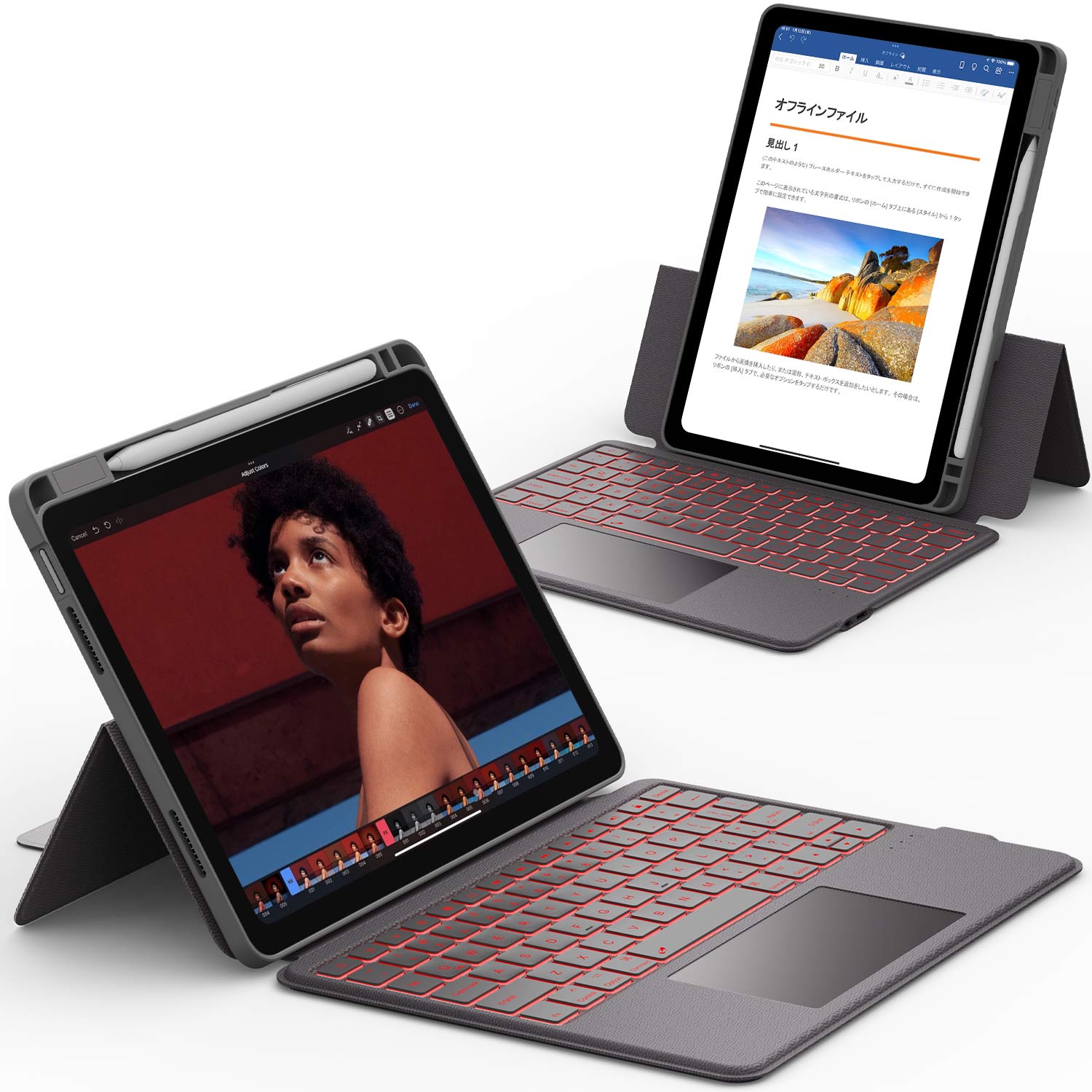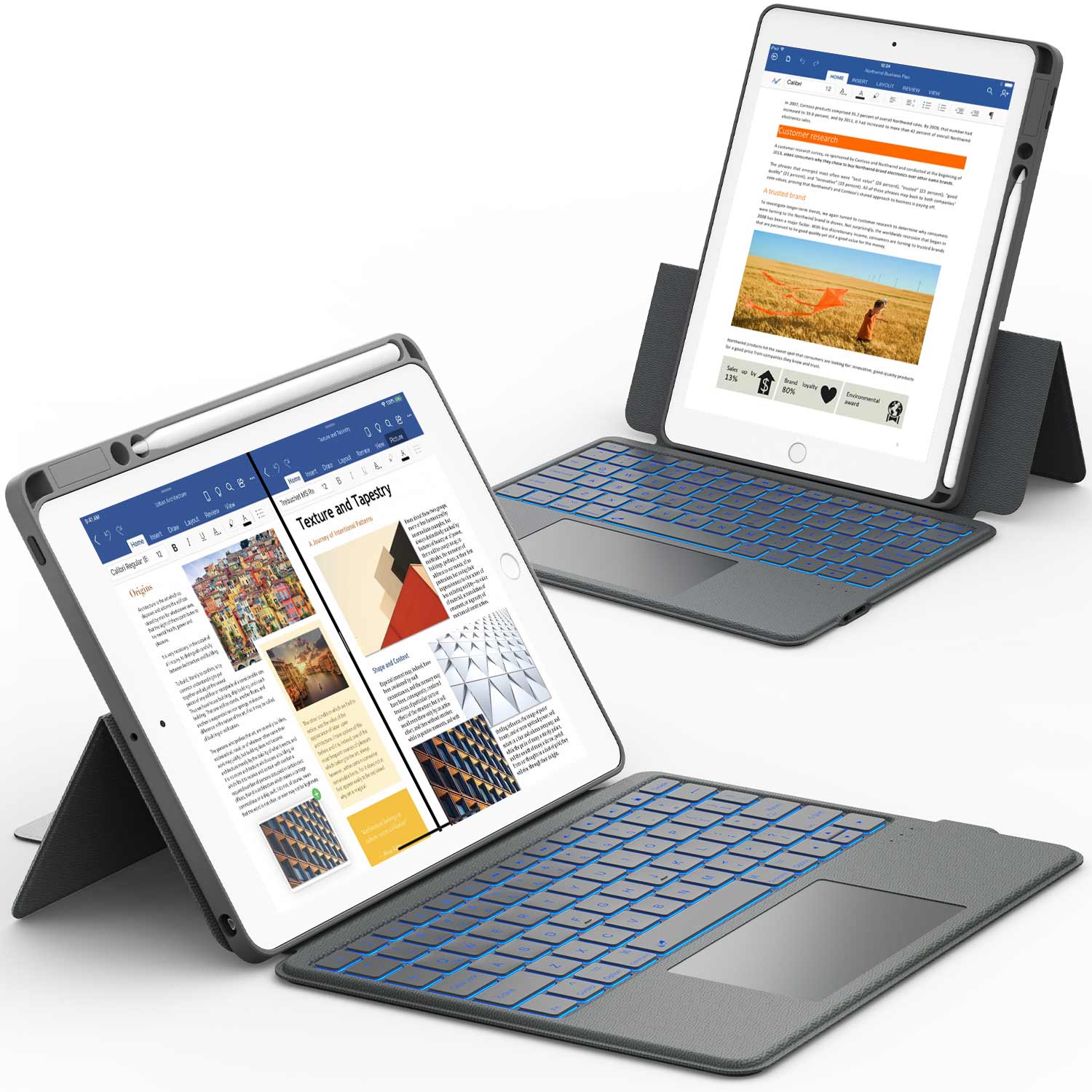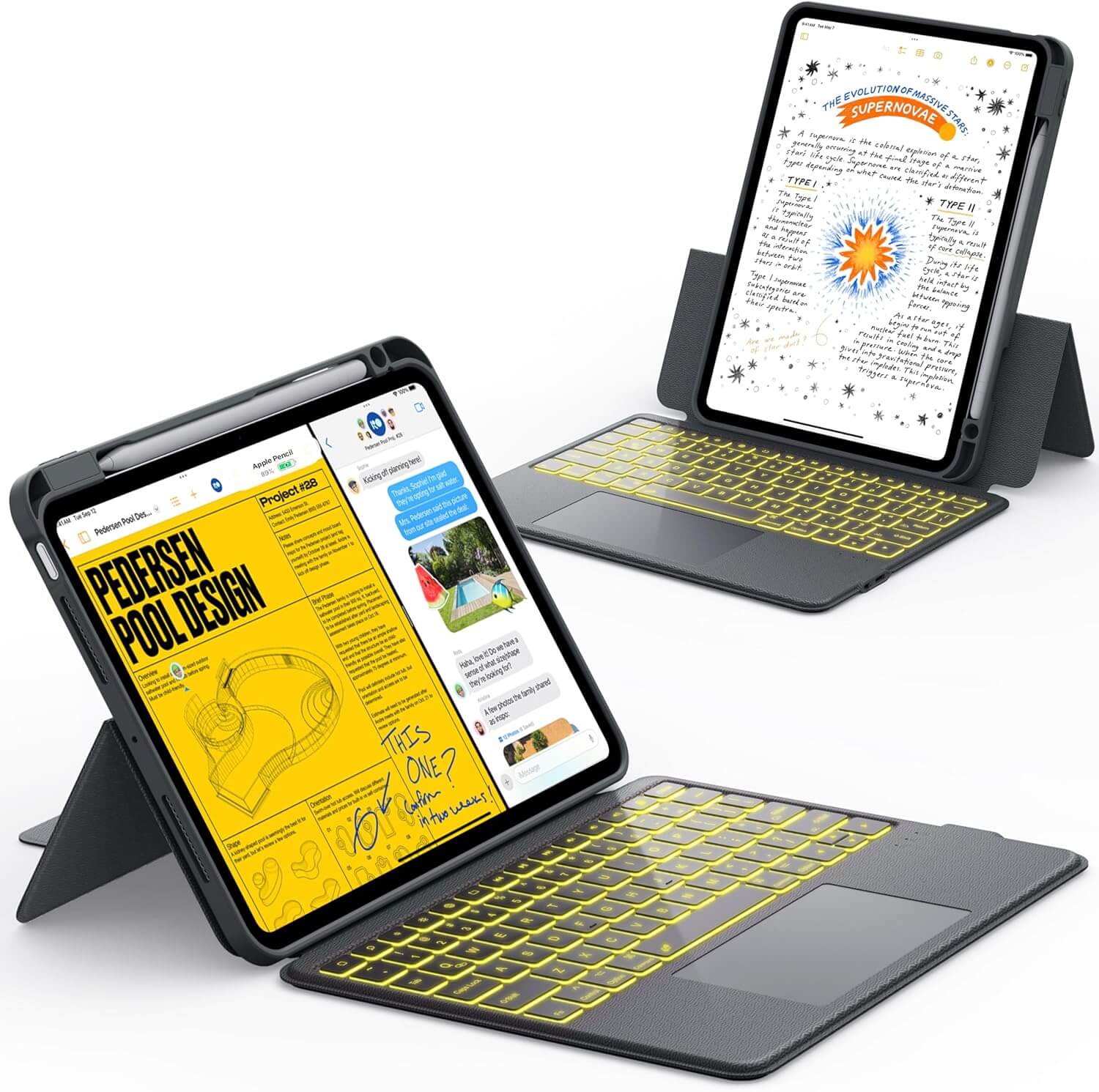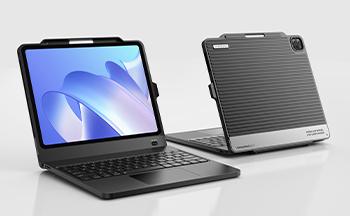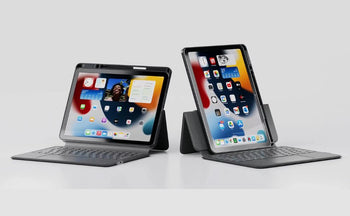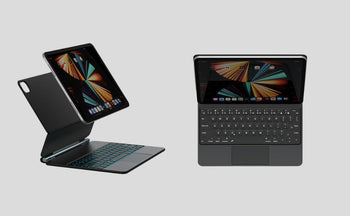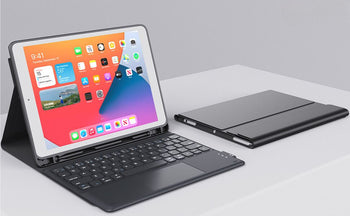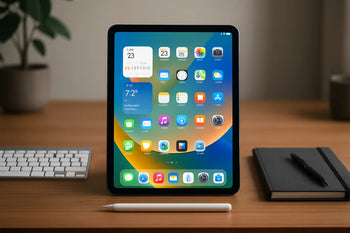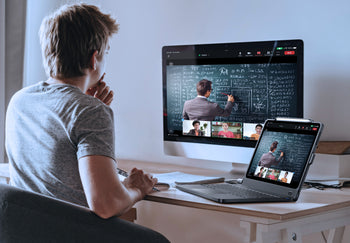The term “iPad Kid” doesn’t just describe a screen-loving child — it describes a pattern. One where the tablet becomes a constant companion, a source of entertainment, comfort, and even emotional regulation.
But what causes this dependency? It’s not just parenting style — it’s how the iPad is introduced and physically used.
With the right accessories, you can shift the iPad from passive entertainment to structured, purpose-driven use.
Table of contents
What Is an iPad Kid?
An “iPad Kid” is a child who shows signs of strong tablet dependency — using the device during all downtime, reacting emotionally when it’s taken away, and struggling to focus on offline activities. This isn’t about villainizing screens. The real issue is how unstructured use shapes habits.
When kids scroll while lying down, eat with the tablet in hand, or bounce between apps with no boundaries, screens become a default — not a tool. Without clear modes for learning, play, and rest, the iPad becomes a source of chaos rather than creativity.
Why iPad Kids Happen — and What Setup Has to Do With It
Most iPads are used without a physical structure: no stand, no keyboard, no protective case. That means no posture control, no “work mode” cues, and no separation between watching, writing, or resting. As a result, screen habits drift: hours go by, transitions become emotional, and kids rely on the iPad to regulate boredom or frustration.
The fix? Define how the iPad is used — physically. Accessories like magnetic keyboards, built-in stands, and protective grips give the device context. And that context shapes behavior.
How Accessories Change Tech Habits
Structure drives behavior — especially for kids. When an iPad is presented upright with a keyboard or placed on a table with a stand, it signals a different mode of use: focused, hands-on, and intentional. Accessories don’t just prevent drops — they set visual and physical boundaries:
- A keyboard means study mode, not just tapping or watching
- A stand means upright posture, less slouching or lying down
- A trackpad encourages navigation, not just passive scrolling
- A protective case means the iPad can be safely shared, transported, or used for longer tasks
This simple change — turning the iPad from a toy into a tool — shifts how kids interact with it.
Everyday Scenarios Where Setup Matters

Let’s look at where “iPad Kid” habits typically form — and how a better setup stops the slide:
| Scenario | Common Behavior | Fix with Accessories |
| On the couch after school | Slouching, zoning out, endless video autoplay | Rugged/Cloud: upright viewing + posture-friendly stand |
| Mealtimes or car rides | iPad becomes pacifier, little interaction | Step: easy to remove keyboard, reinforce screen-free zones |
| Homework or learning apps | Tablet is used like a toy, low focus | Cloud/Rugged: magnetic keyboard + touchpad supports task mode |
| Transitions between uses | No boundary between fun and school time | Detachable keyboard sets visual mode shifts |
Rather than setting endless rules or negotiating screen breaks, simply change how the iPad fits into the space.
Our Recommended Picks
Step Series (Ages 3–7)
Protective and grippy, with a detachable keyboard and Apple Pencil slot. Perfect for young kids just starting structured screen use.
Cloud Series (Ages 6–10)
Floating stand, multi-gesture trackpad, and magnetic mount for productive interaction and early creative tasks.
Rugged Series (Ages 8+)
Full keyboard, backlit keys, 360° protection, and multi-mode stand. Great for learning, typing, and extended screen tasks.
Final Thoughts
An iPad Kid isn’t born — it’s shaped by how the device is used. The solution isn’t banning screens. It’s giving them structure. With the right setup, screens become tools, not crutches.
Designed for Kids. Built for Parents. At Chesona, we create iPad accessories that support productive tech use — durable, functional, and made for real life.
